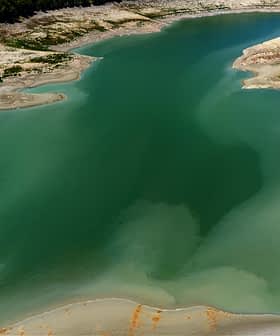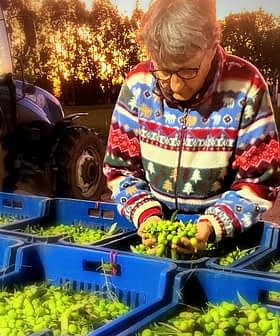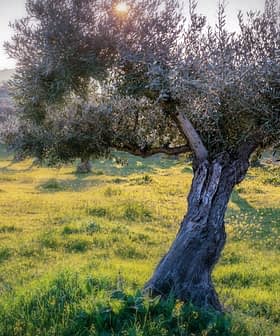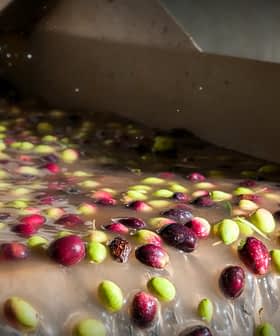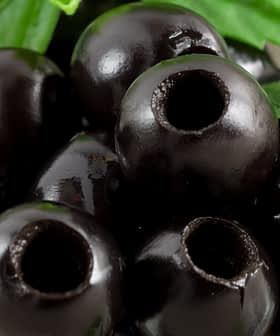Farmers in Croatia See Promising Use of Drones

The owners of millennial olive trees in Lun on the Croatian island of Pag have been unable to harvest for years, with their latest attempt to produce oil from wild olives also failing. To address this issue, a young agronomist from Lun is exploring the use of drones for olive grove maintenance and pollination, following successful projects in neighboring Italy that have significantly increased productivity. Embracing new technologies in olive growing, such as drone pollination and harvesting, may be crucial for Croatia to address labor shortages, increase productivity, improve self-sufficiency, and boost earnings in the industry.
The owners of millennial olive trees in Lun on the Croatian island of Pag are left without a harvest year after year.
Even last season, when they had high hopes, they failed to produce oil from wild olives. This year, they planned to present their extra virgin olive oil at an international competition for the first time, choosing the 2023 NYIOOC World Olive Oil Competition as the venue.
Unfortunately, they failed. “There was no fruit that was healthy enough to make at least one batch of top-quality oil,” Želimir Badurina, the founder and president of the Lun Olive Cooperative, told Olive Oil Times.
See Also:Lab Test Would Define the Sensory Profile of Olive Oil by Analyzing Its MoleculesFirst, fertilization went wrong. Some fruits that survived the heat wave improved, but the olives turned brown over time, then black and finally fell from the branches. What little was left was damaged by pests – the olive fruit fly, borer and patula (a moth).
The problem is that protecting the Lunje olive groves against pests and diseases is not possible using conventional methods. The reason is simple: the Lunj olive groves cover about 400 hectares of rugged, hard-to-access terrain.
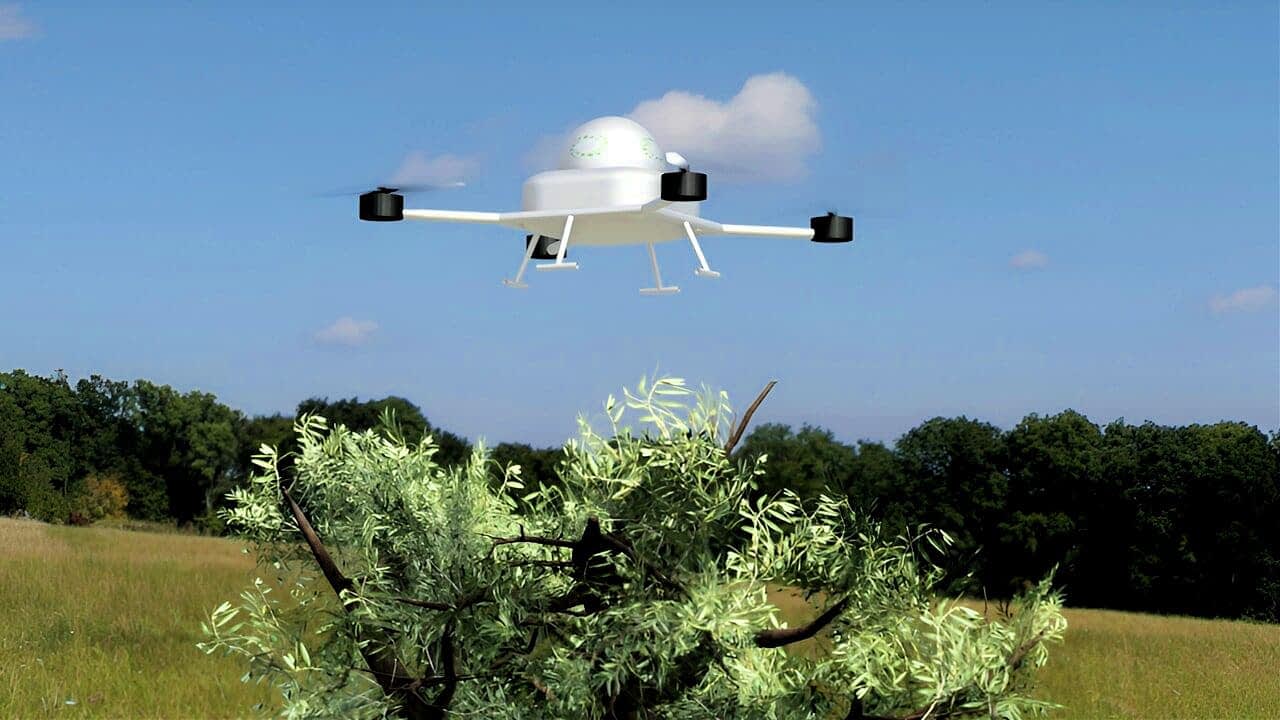
Most of the 80,000 trees cannot be accessed by vehicles. Even if spraying with atomizers from a tractor were possible, it would have no effect because the centuries-old trees, some of which are more than 2,000 years old, are tall with crowns of 6 to 10 meters.
Due to the slope and rocky terrain, the disposition and variable spacing of the trees, the impossibility of using tractors and the lack of workforce protection here, as in quite a few other olive growing areas, especially on the islands, is only possible from the air.
“With drones, it would be possible to effectively treat and protect the entire complex of olive groves in Lunje,” Andrea Cantore Badurina said.
The young agronomist, Badurina’s nephew, studied agronomy in Milan, where he was born. Later, he graduated from a master’s program in Zagreb and received his doctorate in Sardinia, where his parents live. After finishing his studies, he returned to Lun, where his mother is from.
Cantore Badurina works as a guide in the Gardens of Lunje olive groves, which he preserves and protects. He also does scientific work, following the latest developments in digital agriculture, especially in olive growing.
He said drones are widely used in other olive-growing countries to collect valuable data, including soil analyses, plant health indicators and water and nutrient information.
This data helps farmers optimize inputs, such as fertilizers, water and pesticides. As a result, they provide timely protection against pests, save time, reduce production costs and ensure larger and better quality crop yields.
Several other projects also are underway in neighboring Italy. For example, in Tuscany, experts are developing a model for assisted pollination of olive trees with the help of drones.
The European Union-funded project Olimpolli Montagnani is still in the experimental phase. However, the first tests carried out in olive groves in Garda and Tuscany provided encouraging results.
Instead of increasing the productivity of existing olive trees by the 1 to 3 percent associated with traditional methods, Olimpolli Montagnani’s method has increased the productivity by 20 to 25 percent.
The uncrewed aerial vehicle hovers above the olive trees, disperses the pollen and fertilizes the flowers. Days without wind and rain are ideal for pollination.
Pollen that is still active is collected directly from the plants. The olive growers can fly the drones themselves or hire specialist companies to do it for them.
The pollen can be stored and used in ideal temperature and humidity conditions the following year.
Experts said olive farmers with large groves would benefit from using drones for pollination because they can cover huge areas quickly, flying over trees even in inaccessible areas, such as steep slopes or terraces.
Even in such conditions, the drone allows farmers to apply pollen on one hectare of olive groves (about 300 trees) in a few minutes compared to a few hours of manual application.
Furthermore, the air driven by the drone’s propellers favors the simultaneous dispersal of pollen throughout the canopy.
In addition to the production and landscape preservation advantages, the project also increases employment opportunities for young people and allows for innovation across the olive oil production supply chain.
See Also:As Croatia Joins Eurozone and Schengen, Producers Expect Positive ChangeThe project was created to preserve traditional Italian olive growing, but it can also be applied to high-density and super-high-density groves.
“Our region is leading the way in experimenting with precision farming techniques that sustainably increase productivity, and thus profitability per hectare, while at the same time reducing costs and waste of technical resources,” said Fabrizio Filippi, president of Coldiretti Tuscany, a farmers’ association.
“Tuscany is very involved in finding new solutions to deal with climate change, which will require us to review our agronomic reality and find solutions,” he added.
Back in Croatia, Cantore Badurina is still studying how drone pollination might work in the olive groves on Lun.
“We do not yet have scientific papers on this topic, but only preliminary data, so we can only superficially analyze the information presented by the project’s creators,” he said.
“We know that olive pollination is an anemophilic process, that meteorological conditions affect success,” Cantore Bandurina added. “The use of drones would serve to reduce dependence on the wind. However, besides the fact that the drone should produce airflow, it should also throw out pollen, which is problematic.”
How much pollen needs to be collected, how long it will take and how much it would all cost are still unknown. So far, there is only preliminary information. Still, the researchers leading the project are talking about increasing pollination success by 20 to 25 percent, which strikes Cantore Bandurina as an exciting option for increasing production.
There is no ideal way of harvesting olives yet. Manual harvesting is slow, and mechanized harvesting uses shakers and harvesters, which can damage the fruit, leaves and branches.
Scars and wounds can also cause olive cancer, especially if the harvest takes place when the weather is wet or immediately after rainfall.
The solution devised by a group of students from Rome may be the best in Cantore Bandurina’s opinion.
Their project, OlivAir, is a drone that project executive director Diana Zagarelli said would revolutionize the harvesting of olives by removing them from the branch using the wind produced by the propellers.
The drone flies above the trees and can harvest olives in any terrain without damaging the trees. Since it is electric, it also reduces pollution.
From a purely economic point of view, the speed of harvesting and the recovery of olives from steep areas allow an estimated increase in profits for producers of about 30 percent. However, there are also questions, and the biggest one is related to the moment of harvest.
Ripe olives should not resist airflow and, therefore, easily fall off due to the wind generated by the drone. However, green olives might not.
According to Cantore Bandurina, farmers must decide whether to use hormones to treat their olives, so they ripen simultaneously or do several harvests with the drone.
“These are all topics that I presented to the inventors of this drone and that they told me they would pay attention to,” Cantore Badurina said.
If Croatia wants to face its labor shortage, increase productivity, improve self-sufficiency in production and increase earnings, new technologies in olive growing are inevitable. What cannot be avoided must be accepted.


